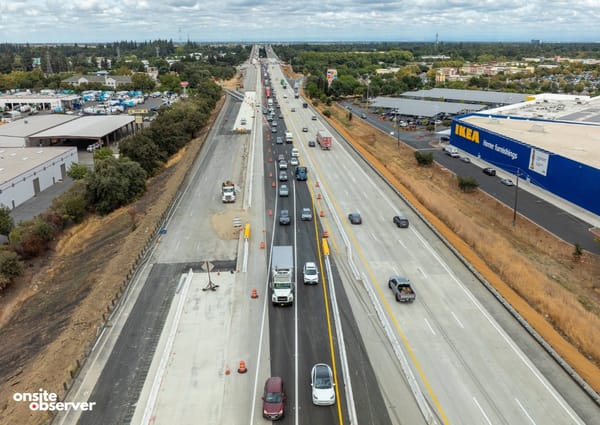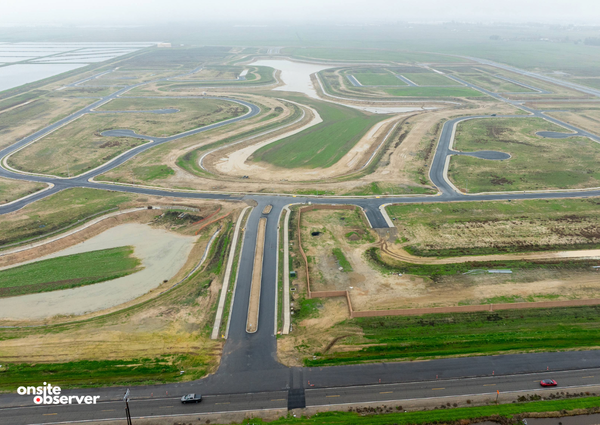Newsom signs SB 131 and AB 130, reshaping housing law in California.

California just took a political sledgehammer to one of its most sacred cows—its own environmental regulations.
In a rare moment of bipartisan cooperation, the Legislature passed and Governor Gavin Newsom signed two bills, SB 131 and AB 130, that together amount to the most sweeping housing reform in the state in a generation. The aim? To untangle a decades-old thicket of rules that critics say have choked housing construction, worsened homelessness, and driven people out of the state.
At the heart of this reform is a fundamental shift in how the California Environmental Quality Act—better known as CEQA—is applied. Once hailed as a progressive milestone when Ronald Reagan signed it into law in 1970, CEQA has since morphed into a procedural labyrinth. Developers have long accused it of being a tool weaponized not just by environmentalists, but by NIMBY neighbors, labor unions, and even rival businesses—anyone with the incentive to stop a project in its tracks.
Now, California is rolling back many of CEQA’s most burdensome requirements for housing. And it’s doing so not through a standalone environmental bill, but through two budget trailer bills that were tied directly to this year’s spending plan—making the legislation essentially a must-pass.
In short, lawmakers were faced with a binary choice: pass the housing reforms, or risk stalling the entire state budget.
The new laws do a lot—and quickly. SB 131 narrows the scope of CEQA review for a broad category of development projects, especially those in urbanized areas. Most infill housing is now exempt from CEQA entirely. Local governments implementing their housing element plans through rezoning can now do so without triggering new environmental review. And a wide range of infrastructure and public-benefit projects—such as broadband deployment, wildfire prevention work, utilities, water infrastructure, and clean-energy facilities—are now shielded from CEQA lawsuits.
Non-residential uses were included too. Health clinics, food banks, child-care centers, and even some forms of advanced manufacturing will no longer have to conduct full-scale environmental impact reports, even if built near sensitive areas.
The law also establishes a new CEQA Vehicle Miles Traveled (VMT) Mitigation Bank, allowing developers to contribute to affordable housing or transit-oriented projects instead of conducting costly traffic mitigation studies.
AB 130 complements this overhaul with an equally aggressive streamlining of how cities process and approve housing. Among its most controversial changes: cities can no longer hold more than five public hearings on a housing project before making a decision, regardless of the volume of local opposition. The bill also locks in the zoning and land-use regulations in place at the time a housing application is submitted—eliminating a tactic used by some jurisdictions to alter zoning mid-process and stall development.
In a major shift, the California Coastal Commission must now adhere to faster timelines when reviewing housing proposals in the Coastal Zone. Historically, the Commission has been a powerful barrier to building new homes in coastal areas—often requiring years of studies and reviews that left many projects dead on arrival. The new law forces quicker decision-making, aligning the Coastal Commission’s process more closely with the streamlined timelines set in state housing law.
The reform package also includes measures to stabilize costs. Until 2031, local governments cannot impose new building code requirements on housing projects—such as those related to electrification or rooftop solar—unless those changes are directly tied to fire safety, emergencies, or environmental conservation. The goal is to prevent jurisdictions from layering on surprise mandates that drive up construction costs midstream.
The enforcement side is beefed up too. Cities and counties are now required to conduct annual inspections of homeless shelters, report their findings to the state, and meet basic compliance standards. Jurisdictions that fail to do so risk losing state housing and homelessness funding. Both the Department of Housing and Community Development and private citizens now have standing to sue cities that violate state housing laws.
To help finance new projects, the state is establishing a revolving equity fund to reinvest surplus value from existing affordable housing developments into new ones. In addition, AB 130 temporarily doubles the renters tax credit—raising it to $500 for eligible Californians, pending future appropriations.
The political mechanics behind the bill’s passage were unusually aggressive. The governor tied the housing package directly to the state budget, leaving lawmakers little room to delay or negotiate. The move pushed the package through despite concerns from environmental groups, some progressive lawmakers, and labor unions.
Supporters of the new laws argue that California is finally aligning its lofty housing goals with its actual permitting system. The state has committed to producing 2.5 million homes over the next eight years, but until now, CEQA litigation, local resistance, and procedural gridlock have made that target feel more like a talking point than a real policy objective. The new laws shift that balance—reducing discretionary barriers and pushing local governments to either approve housing or explain, in detail, why they legally cannot.
Still, big questions remain. CEQA has been a roadblock, but it’s far from the only one. Construction costs remain among the highest in the country. Interest rates are steep. Labor shortages persist. And even with faster approvals, it’s unclear whether developers will build in expensive, high-barrier cities like San Francisco and Santa Monica without deeper financial incentives.
But the short-term signal is loud and clear. Developers across the state are already preparing to revive stalled projects, confident that they’re no longer one traffic study away from a three-year legal battle. Cities that have dragged their feet on upzoning or housing approvals now face real consequences for noncompliance.
The new laws begin a structural shift in how California regulates housing, planning, and environmental review—but the real test will be measured not in legislation, but in the foundations poured, the permits issued, and the homes that actually get built.





